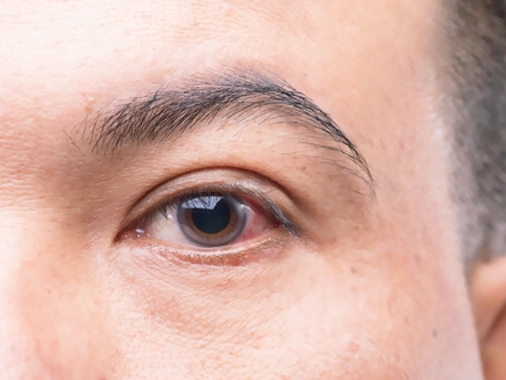
The most commonly used test for detecting dry eye in the clinic is the Schirmer Test. This test uses a thin filter paper, which is placed on the outer part of the lower eyelid and left there for 5 minutes. At the end of the period, the paper is removed, and the amount of moisture on it is measured. If the wetting on the paper exceeds 10 mm, tear production is considered normal. If it is less than 5 mm, it indicates a tendency toward dry eye.
Another commonly used method to assess dry eye and tear quality is the tear film breakup time (BUT) measurement. When a person keeps their eyes open without blinking, the tear film on the cornea gradually breaks at certain points. During this test, a drop of a substance called fluorescein is applied to the eye.
The patient is first asked to blink several times in succession, and then instructed not to blink at all. Under a biomicroscope, the integrity of the tear film layer is evaluated. If the tear film breaks in less than 10 seconds, this indicates dry eye and suggests a deterioration in tear quality.